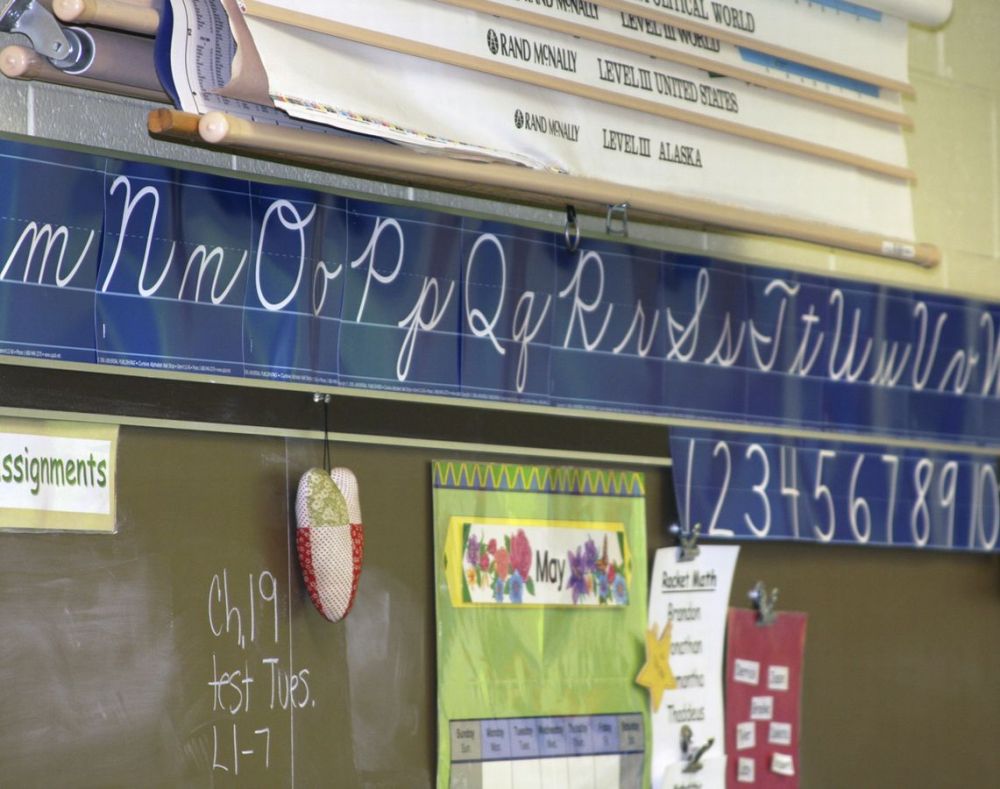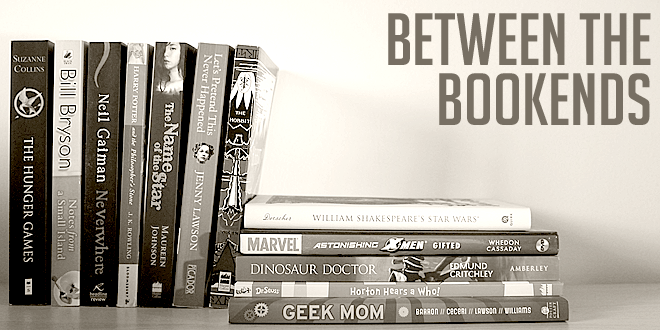 I don’t remember much about 2nd grade. I remember Mrs. Bowman was pretty strict, as far as public school 2nd grade teachers go. But I remember walking into that classroom on the first day of school, looking at the chalkboard (remember those?), and feeling an instant sense of dread wash over me.
I don’t remember much about 2nd grade. I remember Mrs. Bowman was pretty strict, as far as public school 2nd grade teachers go. But I remember walking into that classroom on the first day of school, looking at the chalkboard (remember those?), and feeling an instant sense of dread wash over me.
What was that crazy language hanging over the board?
Were we going to learn a different language this year? Hey, I thought I was pretty hot stuff in 1st grade since I mastered both uppercase and lowercase ABCs with relative ease. Yes, I know, I was a child prodigy.
But this? What in the world were those fancy, curvy letters doing there? Were we expected to understand them? It was probably on that first day of school that we were informed that, yes, we were expected not only to read them but also to write them!
That was 1985. A lot has changed in the past 30 years. A lot. Indeed, chalkboards (and chalk) are gone. But so is penmanship. Many of you who are the same general age probably remember interminable lessons spent practicing the proper form for cursive letters, both capital and lowercase, and how to link them all together.
However, if you have children any older than 8, you’re well aware that the days of explicit instruction in proper penmanship and cursive writing are long gone. In the United States, the Common Core State Standards, which most states have adopted as their guideline for K-12 standards and expectations, do not explicitly require cursive instruction for elementary school students.
I don’t mean this to be a debate of the CCSS, though, since cursive instruction was dying out in U.S. schools long before the English language arts standards began to be drafted in 2009–let alone by the time they became widely adopted in 2013.
The debate, then, is not new. Opponents of cursive instruction argue that it has no place in our mostly digital society, is an antiquated skill with little relevance to life in the 21st century, and is unnecessary for academic achievement. However, studies have shown that 15 minutes of daily instruction not only rewards students with a new skill but also improves cognitive development, motor skills, writing skills, and reading comprehension.
Regardless of whether it’s taught (or whether you think it’s necessary) in the classroom, it’s hard to argue that it’s to our kids’ detriment to learn cursive writing. It certainly can’t harm, them, right? And if it helps them read and write better, then why wouldn’t we want to expose them to a new skill?
With this in mind, several publishers and companies have been trying to fill the void left by our schools. Cambridge University Press recently came out with a series of Handwriting at Home books that seek to do exactly that. The Cambridge Handwriting series is essentially a U.S. spinoff of the company’s UK-centric Penpals for Handwriting series, which is a more comprehensive K-6 program.
The Cambridge Handwriting at Home series is (currently) composed of four books:
- Getting Ready for Handwriting (Pre-K/K)
- Forming Uppercase Letters (K-1)
- Forming Manuscript Letters (K-1)
- Forming Cursive Letters (2-3)
The books are specifically designed for parents to use at home with their children, and each is printed on wipe-clean pages so they can be used again and again (as long as you remember to use a dry-erase marker).
Each page is attractively designed, includes step-by-step instructions for introducing and teaching each letter to your child (e.g., begin by finger tracing and then move to modeling), and then provides plenty of space for kids to practice writing.
Sprinkled throughout are “notes for grown-ups” that provide additional information that parents might find useful as they work through the letters with their budding writers.
The books are obviously targeting kids at different levels (as should be obvious in the grade spans attached to each title), but, taken as a whole, they form a nice, somewhat seamless progression from basic “pencil-and-paper” motor skills to cursive handwriting.
Also unique to these books is a complementary mobile app (iOS and Android) that brings the letters to life. Kids can simply point the phone at the page, and the relevant letter is drawn for them, providing a visual reinforcement for how to form each letter appropriately.
Only the fourth book in the series focuses on cursive, and even then it’s primarily focused on lowercase letters. The last page of the book introduces uppercase cursive letters, but there aren’t individual pages devoted to their practice. I hope that will be taken care of in a future addition to the series.
There’s room for this type of series to grow. In addition to capital letters, kids also need practice connecting letters together to form words, which is perhaps one of the most difficult aspects of cursive handwriting.
The Cambridge Handwriting at Home books are a great place for parents to begin to fill the handwriting void, but they’re just a start. Unless we want cursive writing and legible handwriting to die out completely, we have a lot of work ahead of us.







Just last week my 15-year-old came to me asking how to write in cursive, as he felt it would improve his note taking speed. It’s been so long, I had to look up a couple of the letters. When did we stop using that big “2” looking thing for a capital “Q” and replace the boxy looking capital “G” with basically the big version of the lowercase “g”?
I agree, the Cambridge handwriting series is an excellent fun way for children beginning to learn to write. The books also cover basics such as good posture and slanting the page in the proper direction, depending on whether the child is right or left handed. The app melds together both the physical act of handwriting AND using technology effectively.
Parents are wise to help their children by teaching them cursive handwriting. It will serve their children well for the rest of their lives.
A far better choice the education decision makers should have made, would have been to eliminate printing. It has been around for less than 100 years, and has always been considered a method of preparing children for the more mature and faster cursive handwriting.
There are a group of handwriting advocates who have put together more excellent information available at http://www.campaignforcursive.com